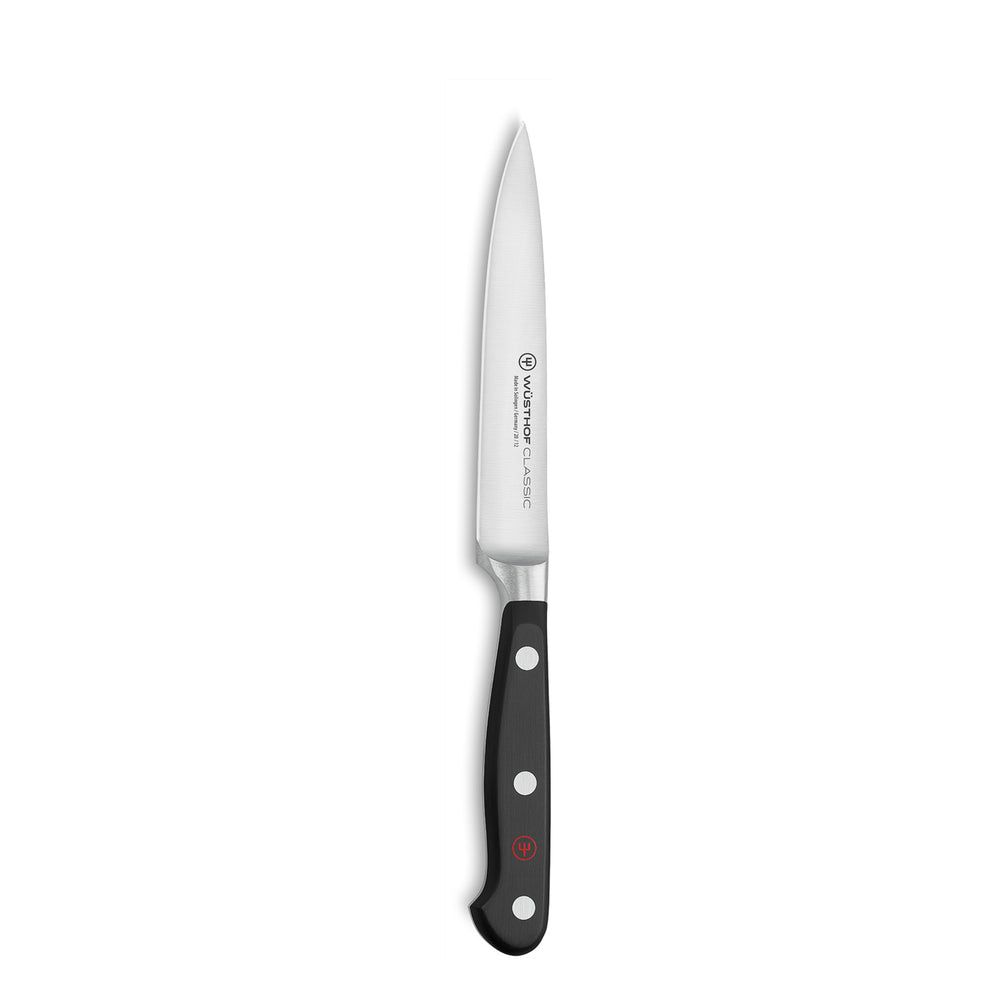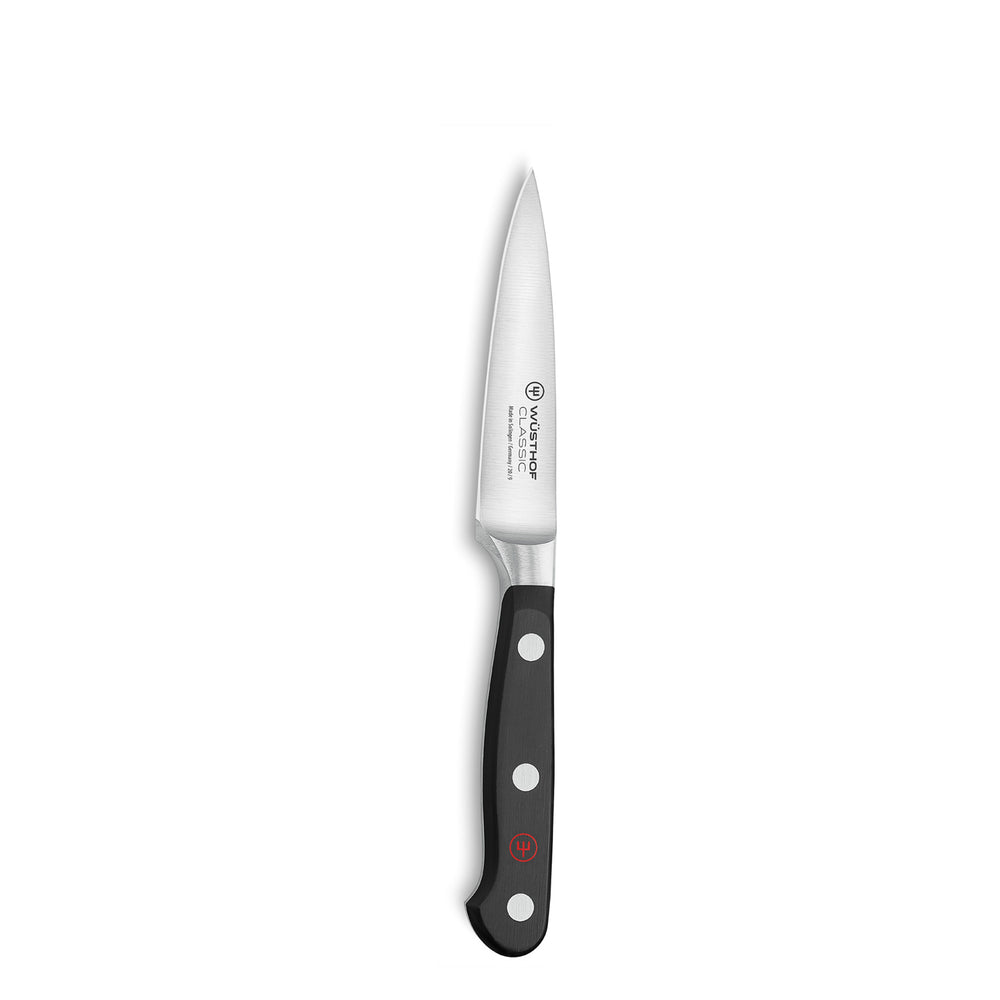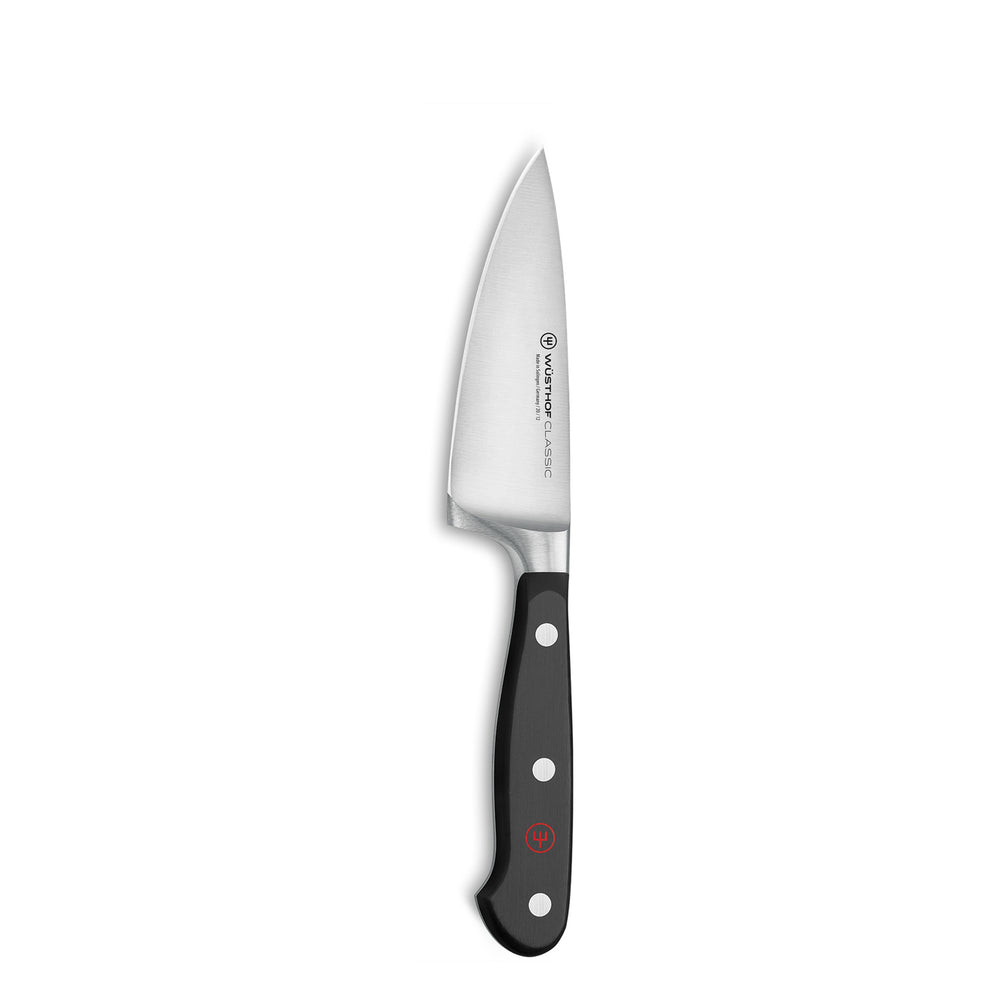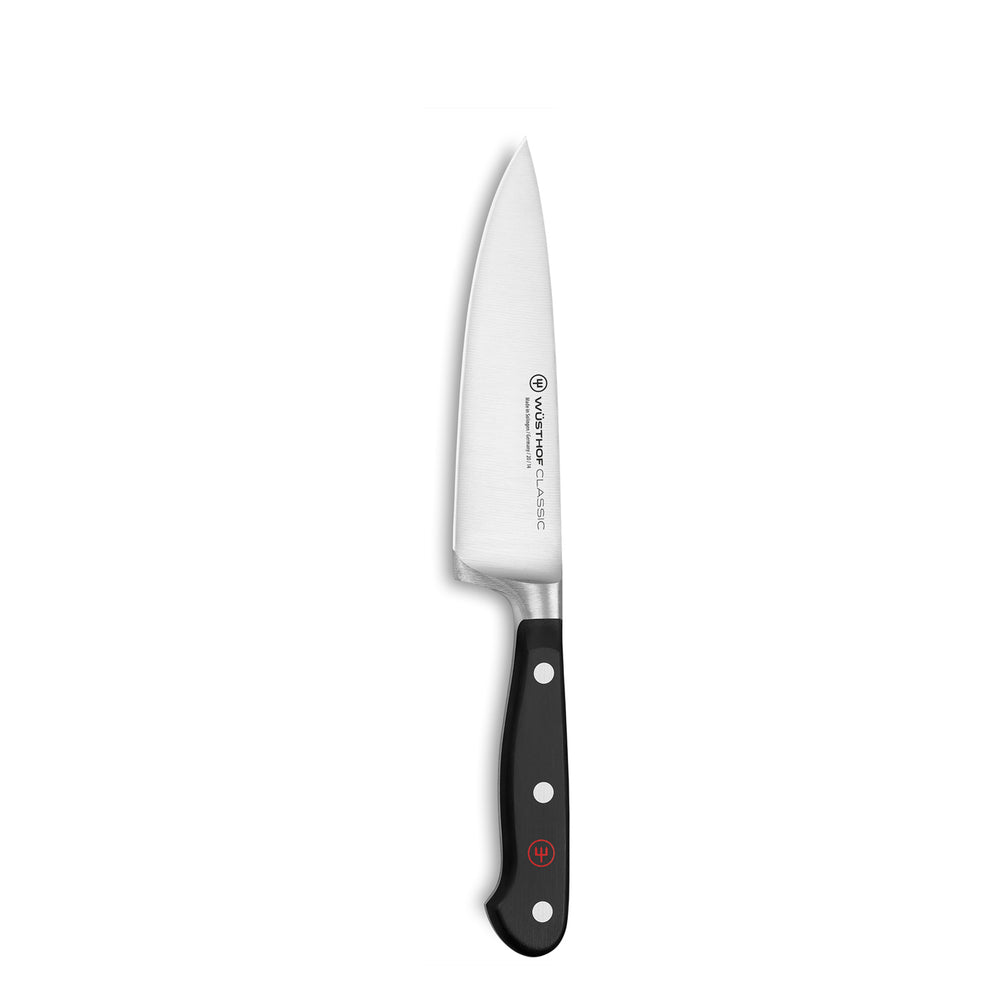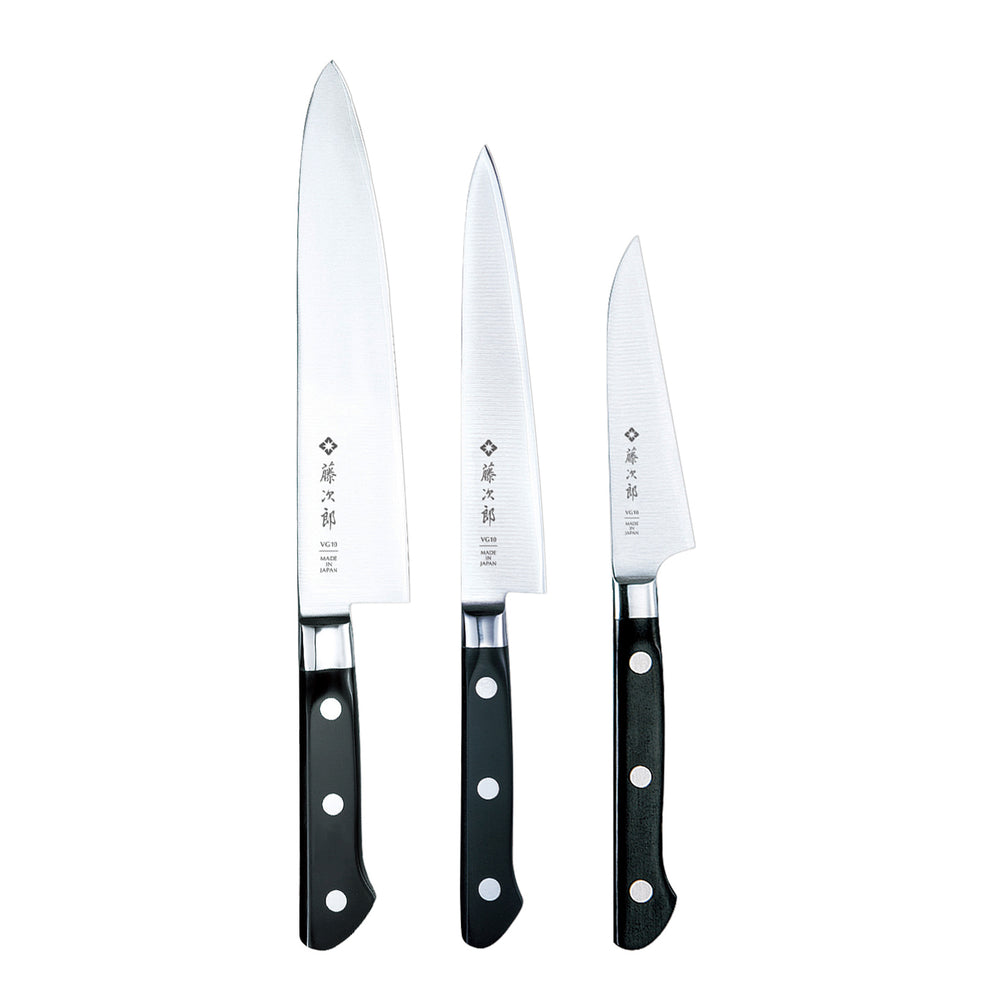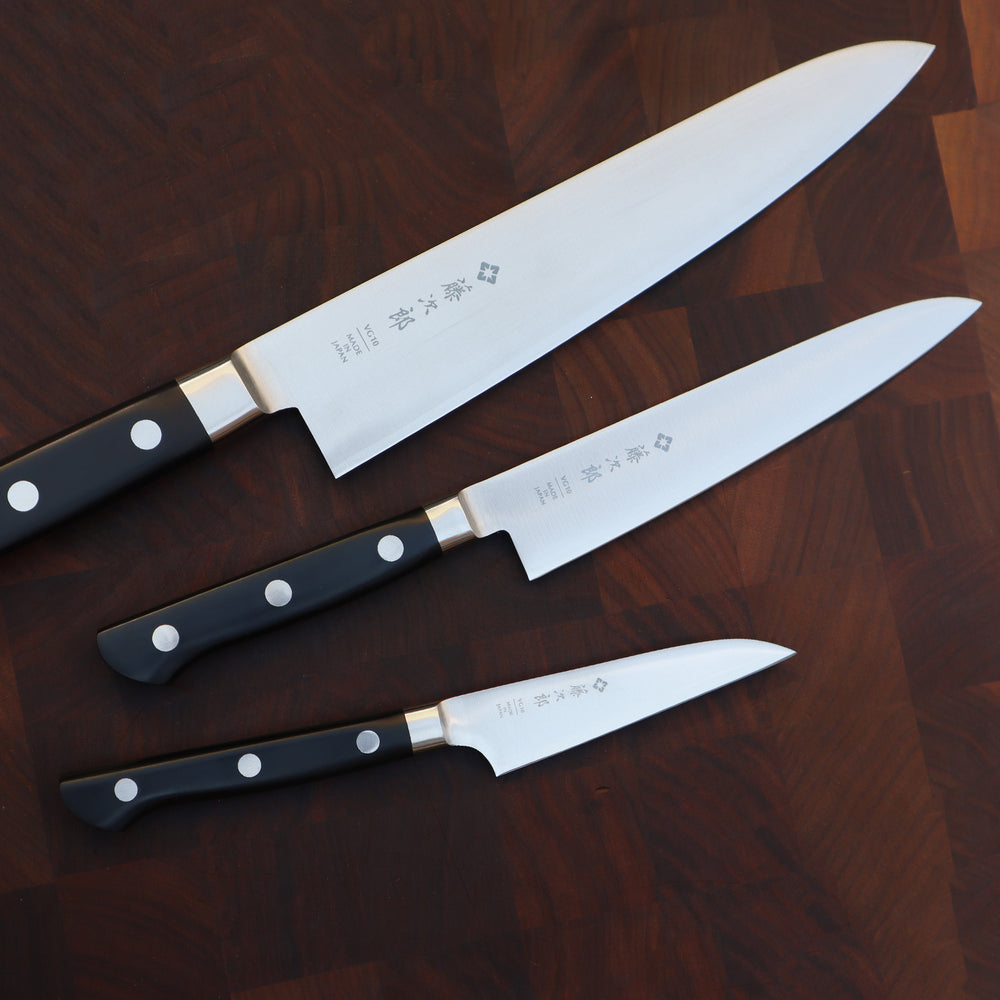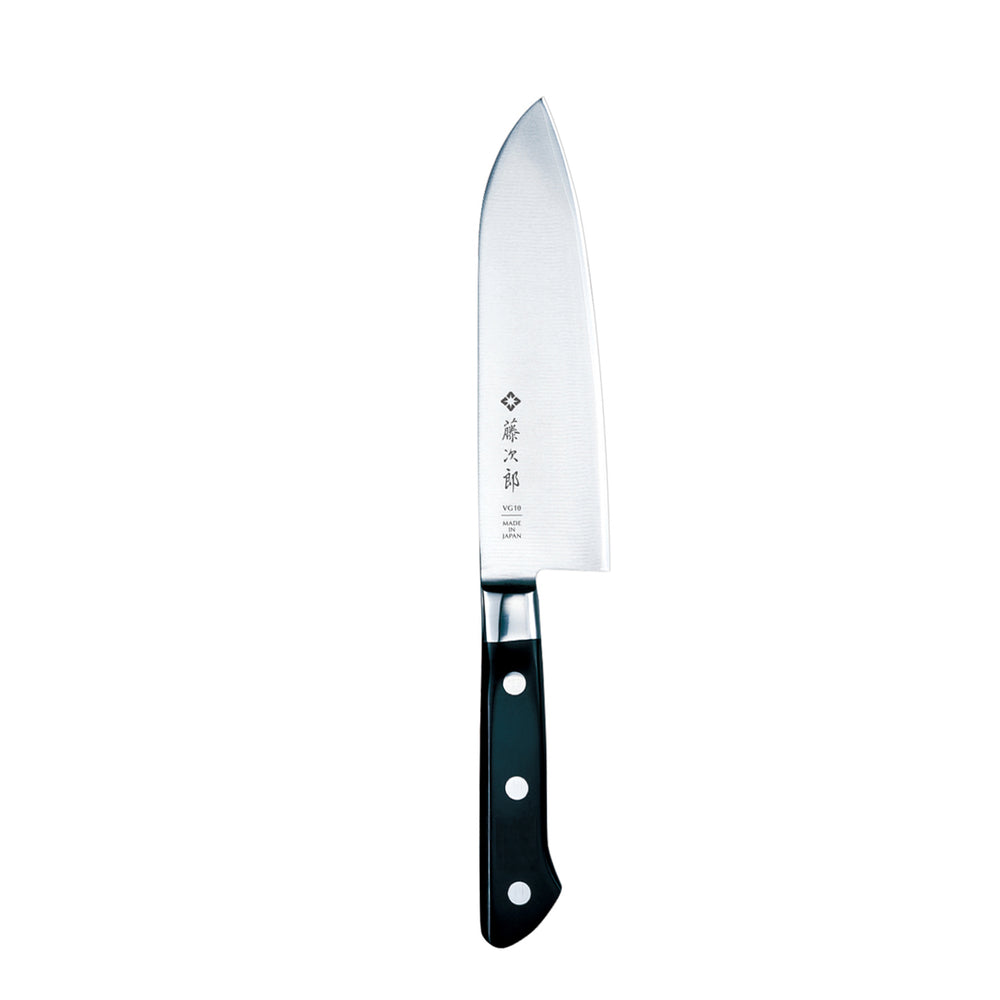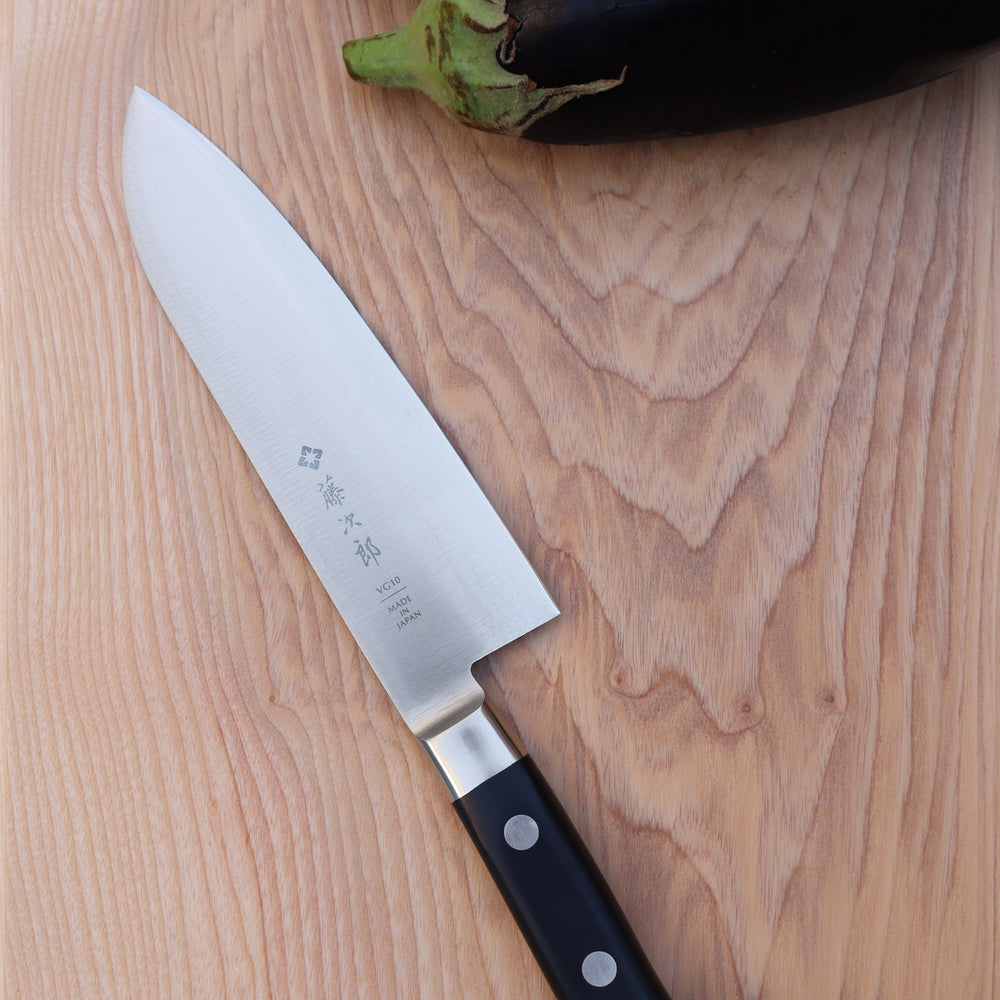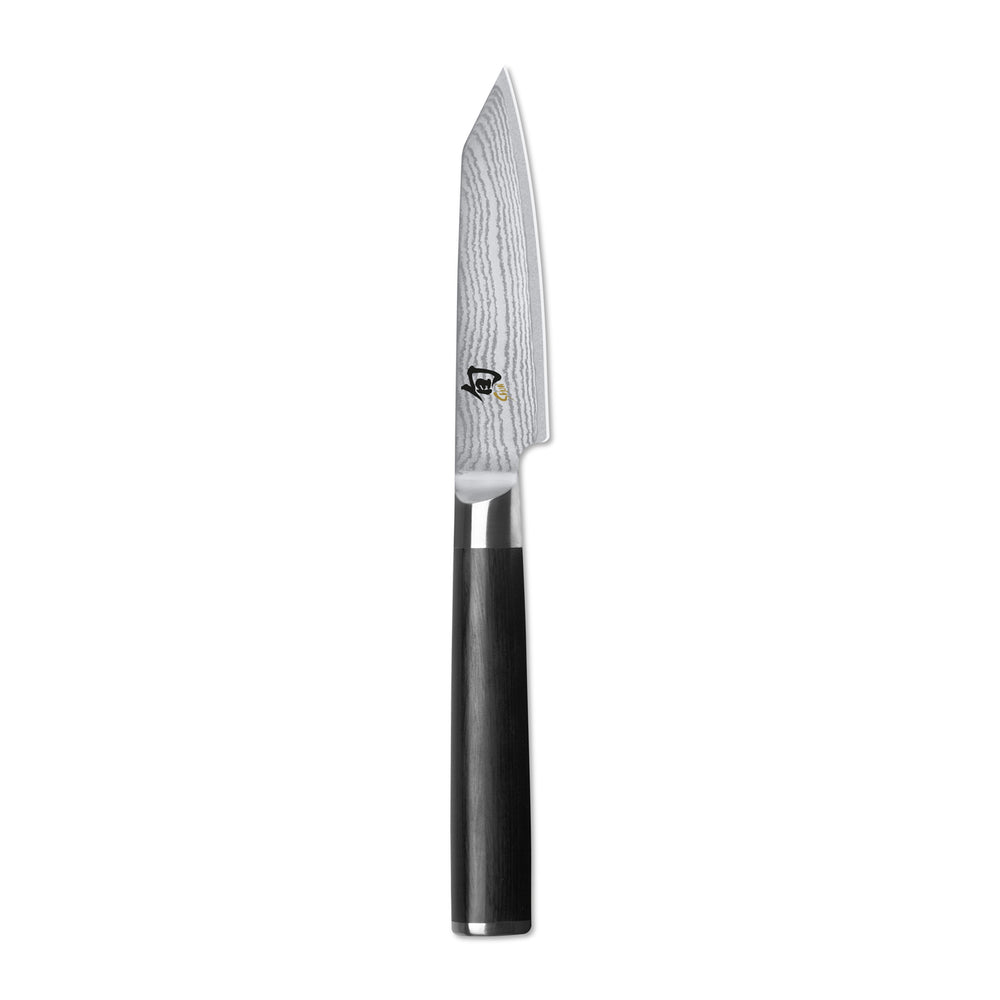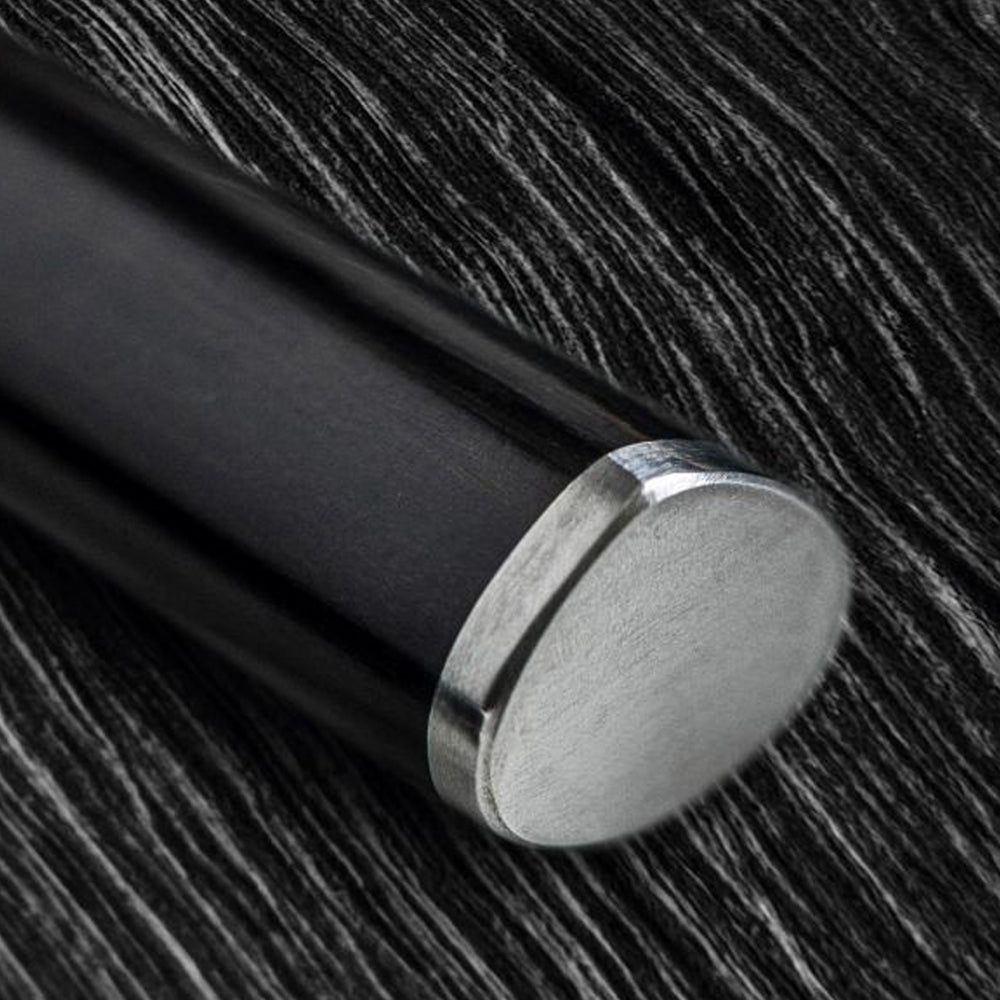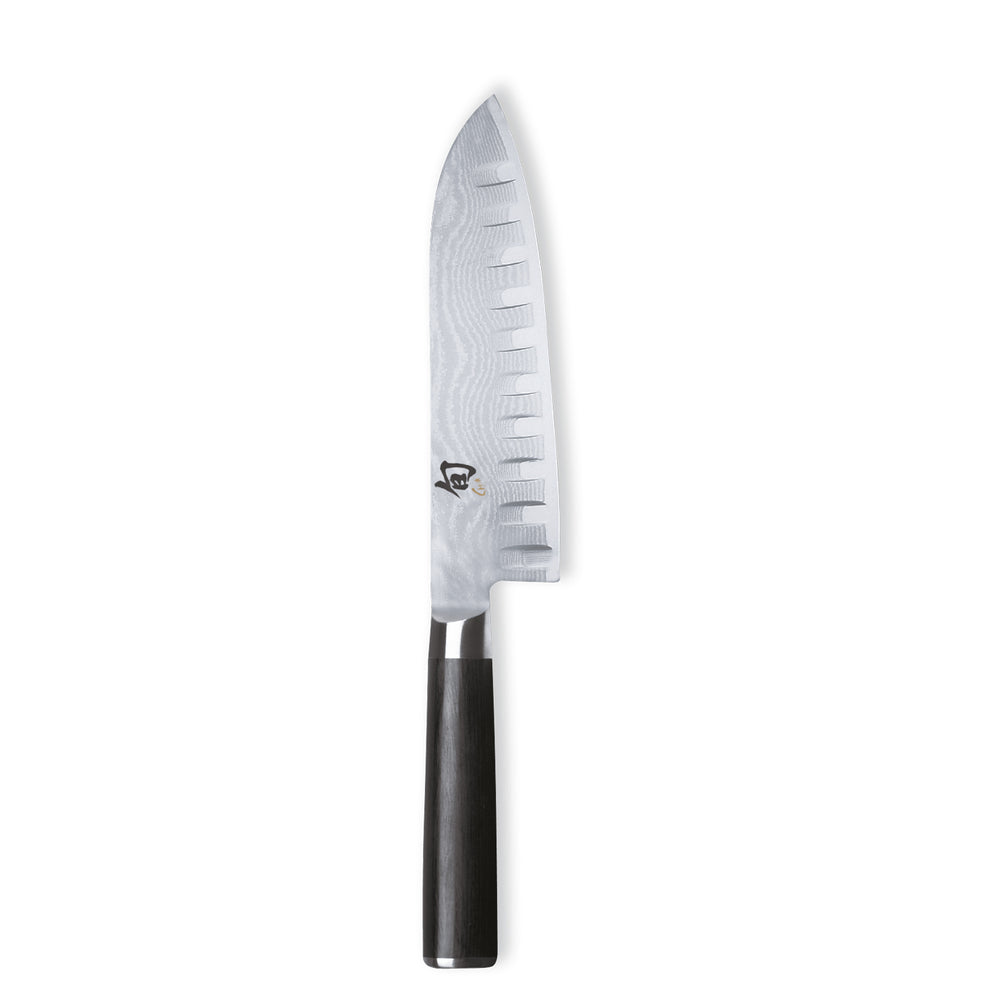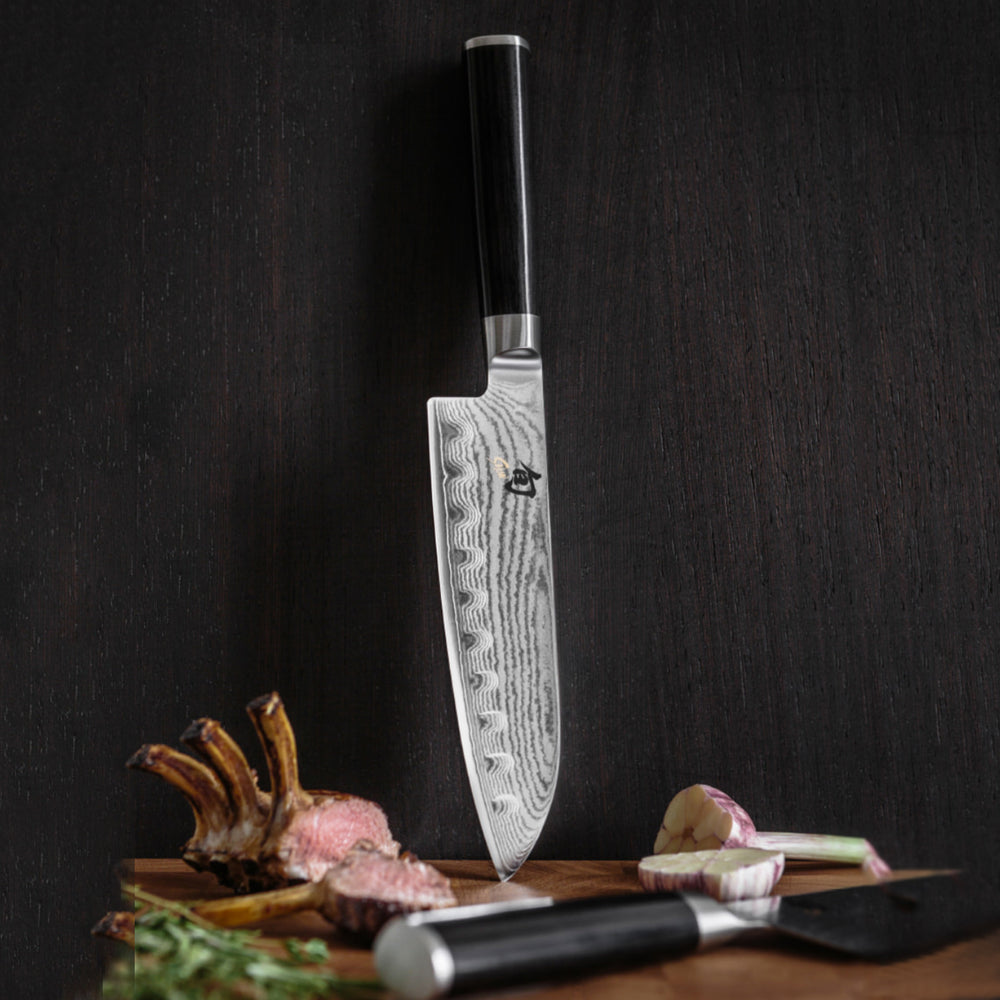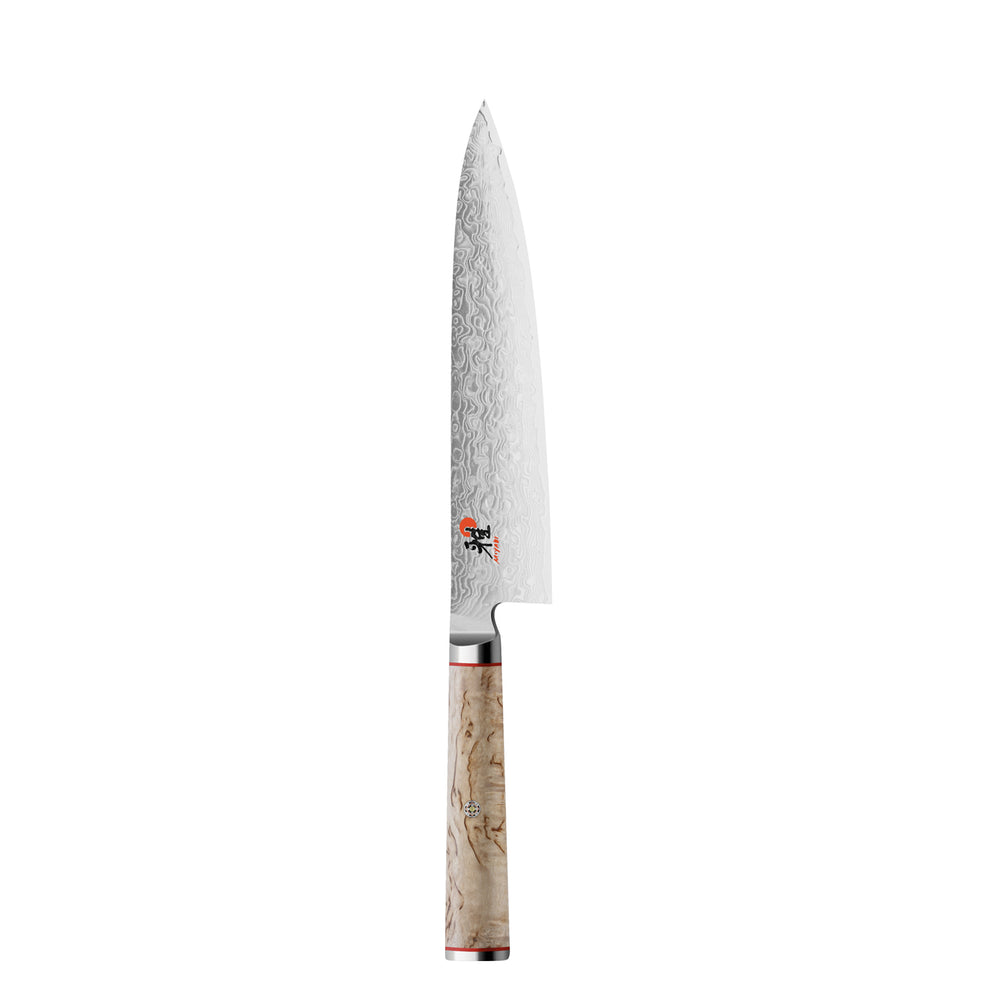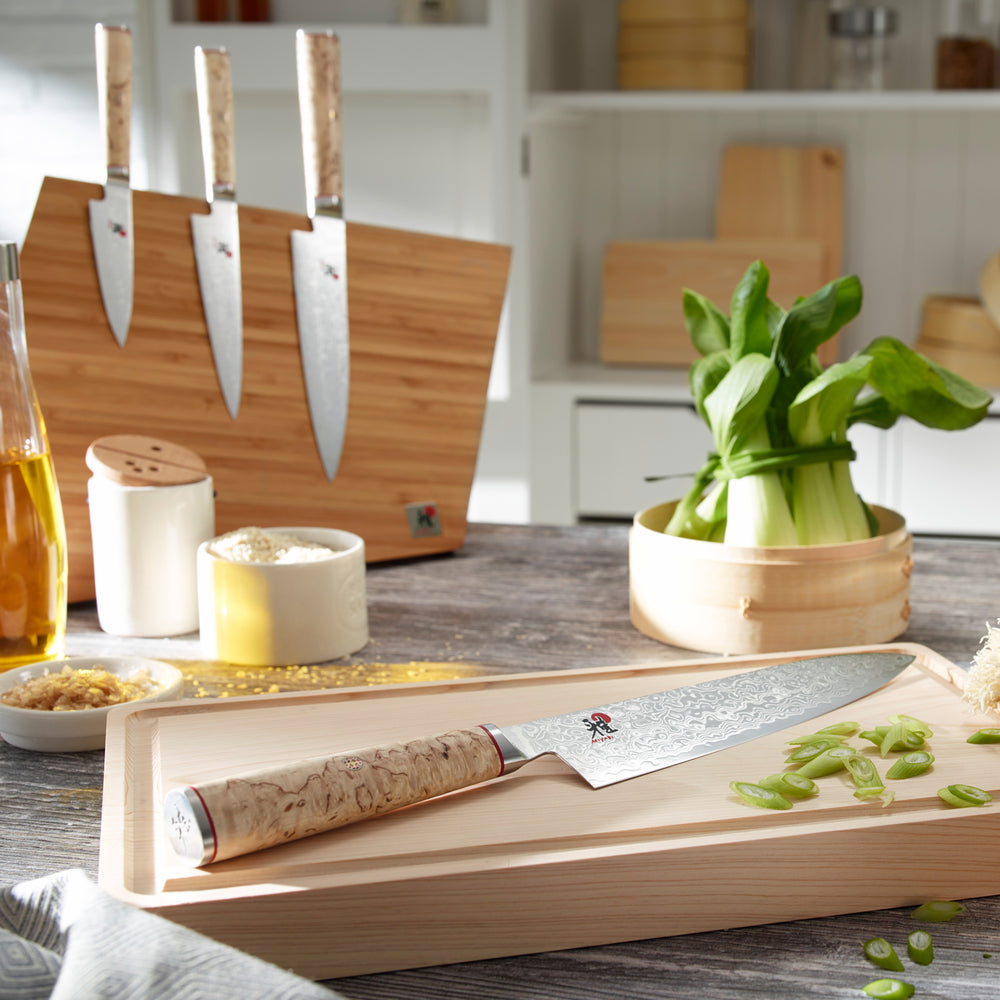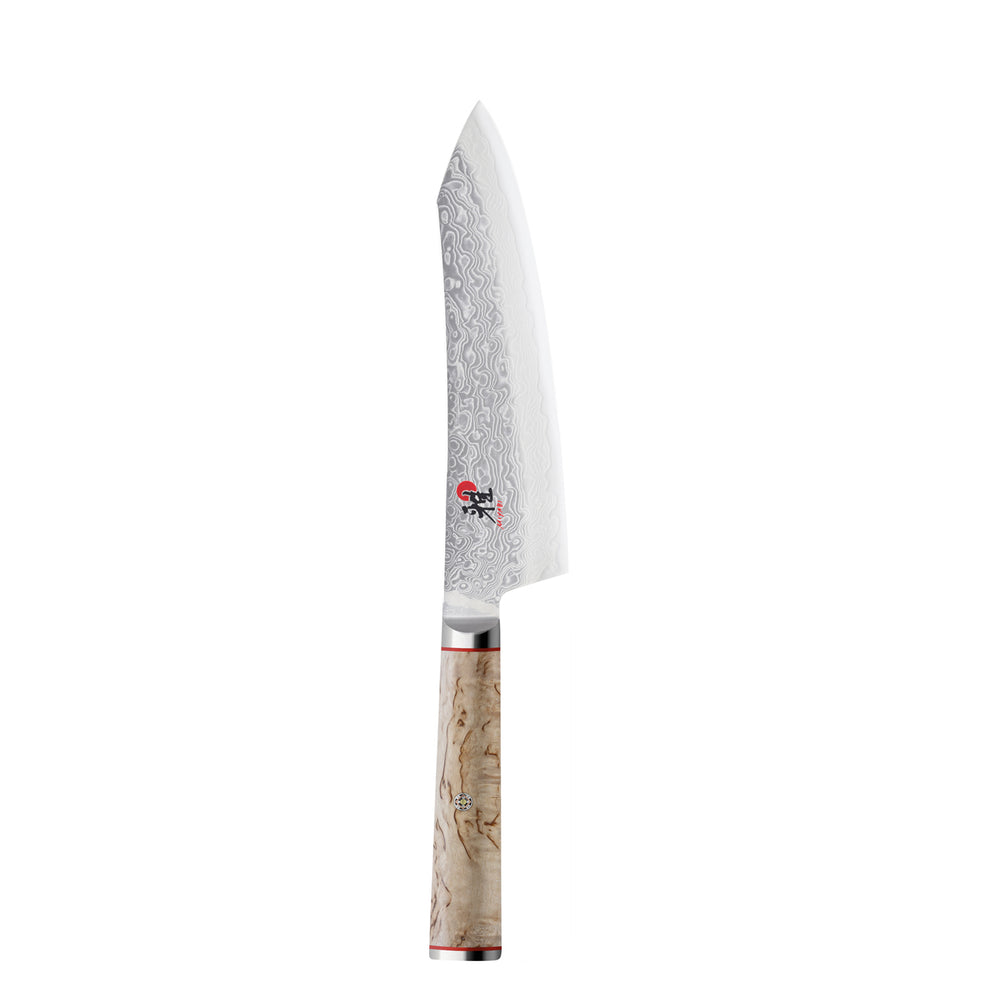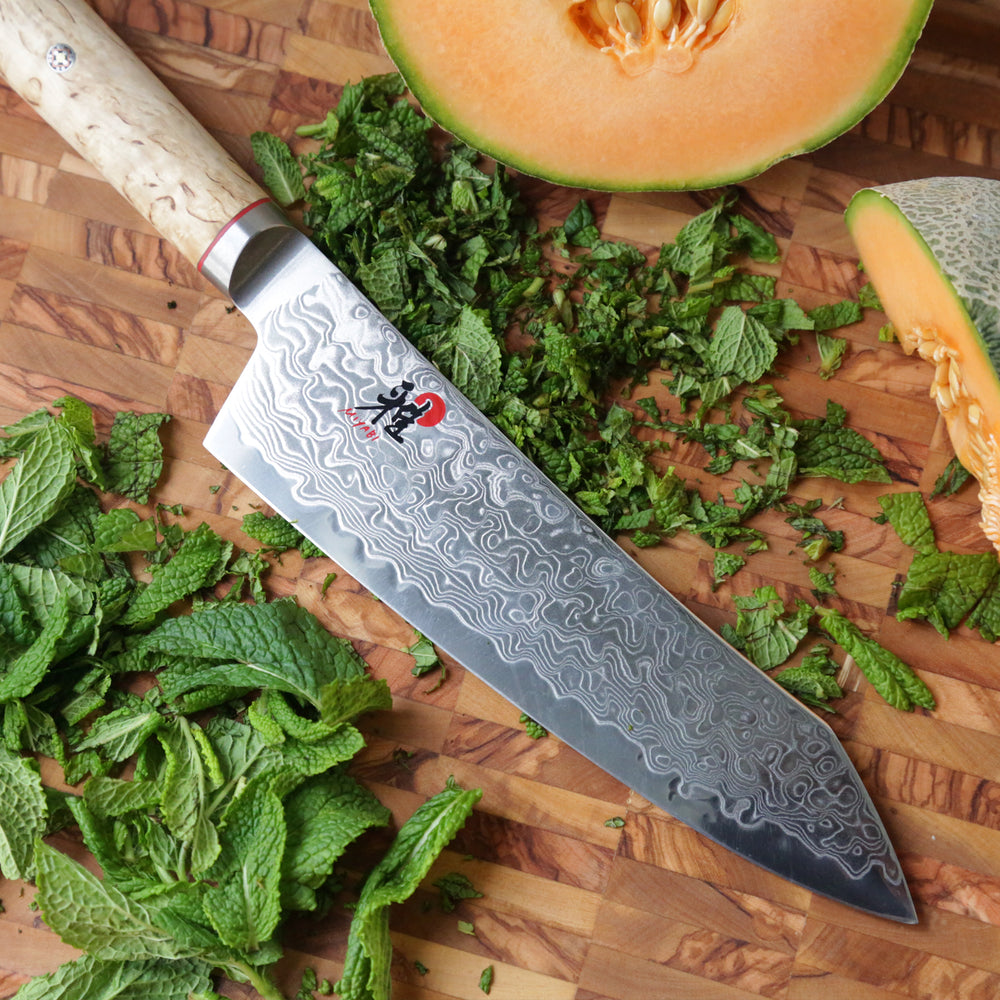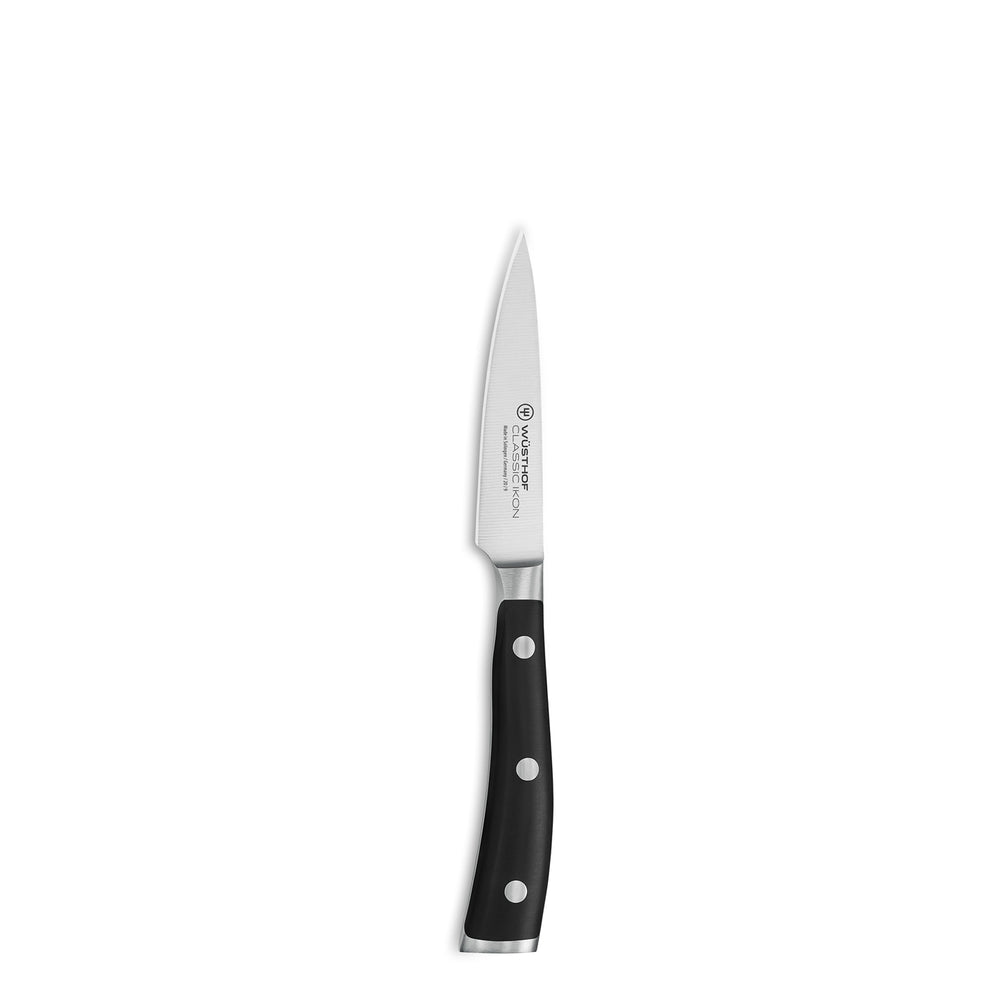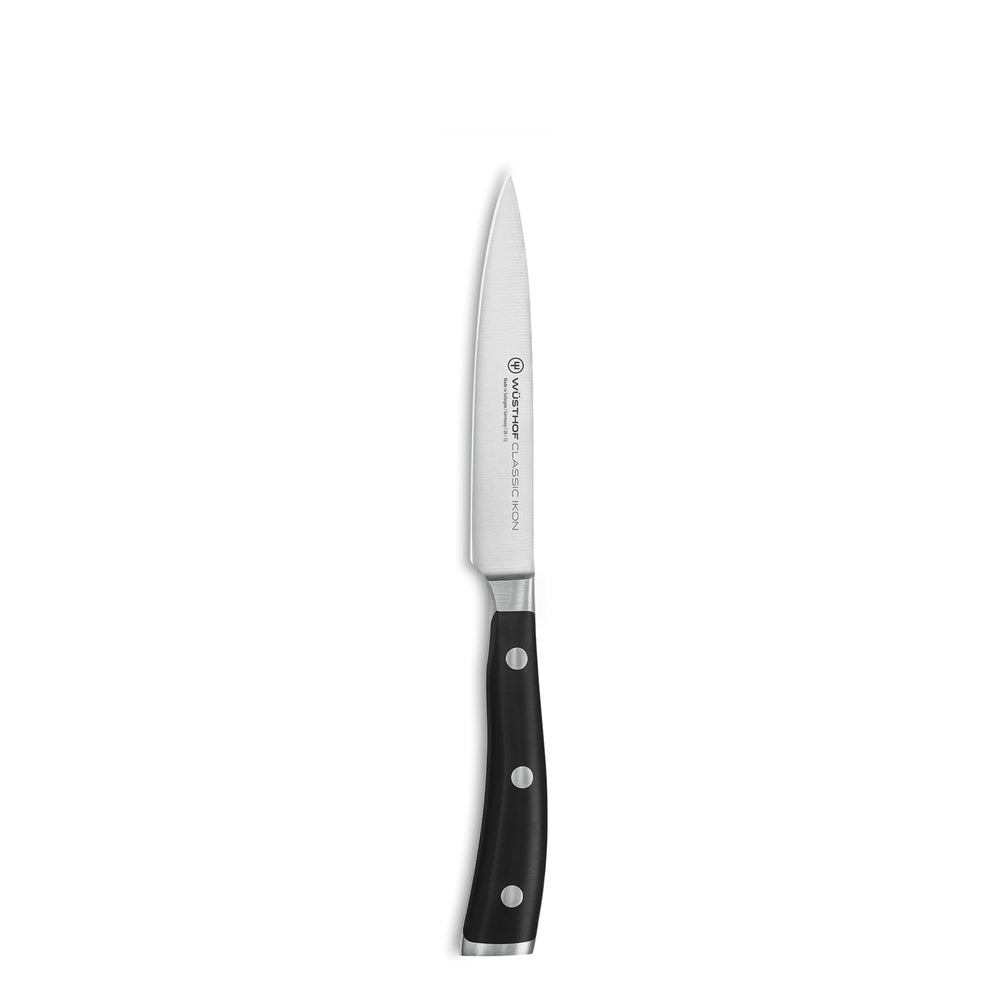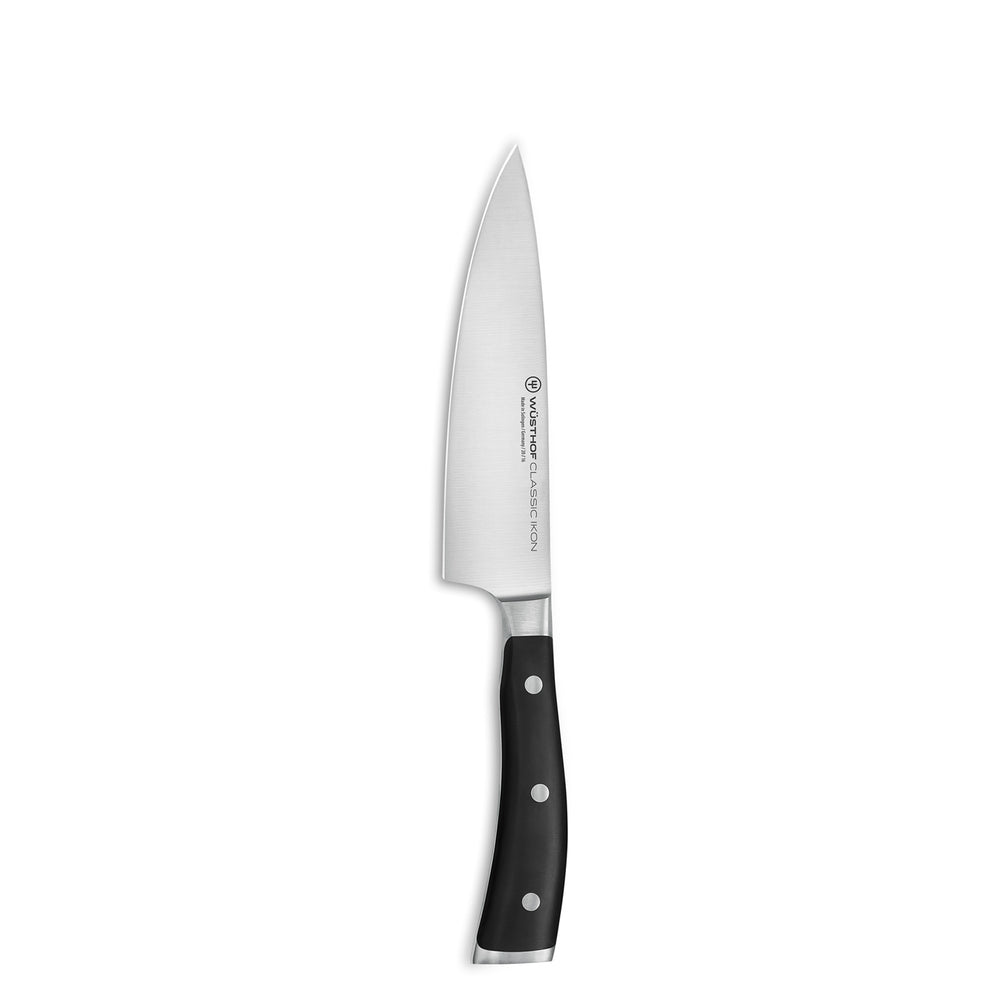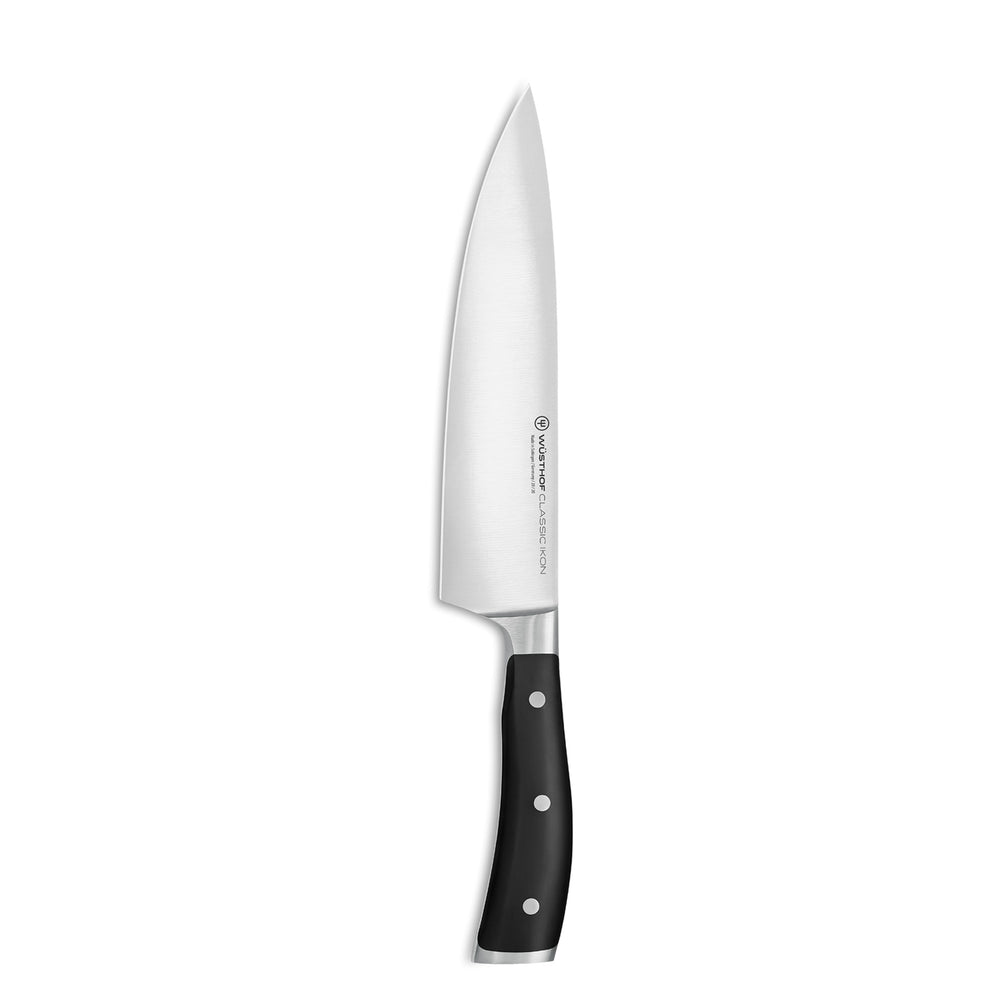Western vs. Japanese Knives: What Are the Key Differences?
Whether you are a seasoned cook or just starting to build your collection, understanding the key differences between Western and Japanese knives can help you determine which knives are right for your particular needs. We’ve broken it down into three essential points.
1. Blade Profile
Japanese knife blades, in contrast, are ground into a narrower V-shape (convex taper grind), with an angle that is 15-16°. There is less metal on its body – typically 2mm at the spine, down to 0.75mm near the blade’s edge.
This makes Japanese knives feel sharper, lighter, and more effortless to use – but more delicate than Western knives, which are heavier and less precise. However, Western knives are less likely to chip if used carelessly.
2. Steel Hardness
Japanese knives, in contrast, have more carbon than chrome, which means the molecules are smaller. On the Rockwell scale, Japanese knives tend to fall between 61-64. In order to minimise rust – which high-carbon knives are more prone to developing – most Japanese knives have a hard core of high-carbon steel, surrounded by thinner layers of soft steel for durability.
The higher chrome content and softer steel of Western knives make them more hard-wearing and chip-resistant than Japanese knives. It doesn’t mean that Japanese knives are not durable – just that they need a little more care and maintenance, such as being careful not to cut meat bones or frozen vegetables. (Our tips on Japanese knife care cover all the basics on how to ensure blade health.)
3. Sharpening Methods
This is because Western knives are made of softer metal that can withstand the abrasion of a pull-through knife sharpener. (However, using a pull-through knife sharpener will shorten the lifespan of all knives including Western knives, as it forces a lot of metal to shed. It is much better to use a whetstone for Western knives and Japanese knives alike.) Stainless steel sharpening surfaces, like diamond sharpening rods or honing rods, work on Western knives because they are harder than the steel of Western knives – and can therefore grind and re-align the blade’s edge. They are not as effective on hard, high-carbon Japanese steel.
Ceramic – the material on most whetstones, including the discs of rolling knife sharpeners like the HORL 3 and HORL 3 Pro – are suitable for sharpening all knives, especially Japanese knives, because it is a harder material than stainless steel.
In summary, you can sharpen Western knives with any knife sharpener, including whetstones. But when you sharpen a Japanese knife, you can only use a whetstone.
Conclusion
Explore our range of Western knives here.
Explore our range of Japanese knives here.

